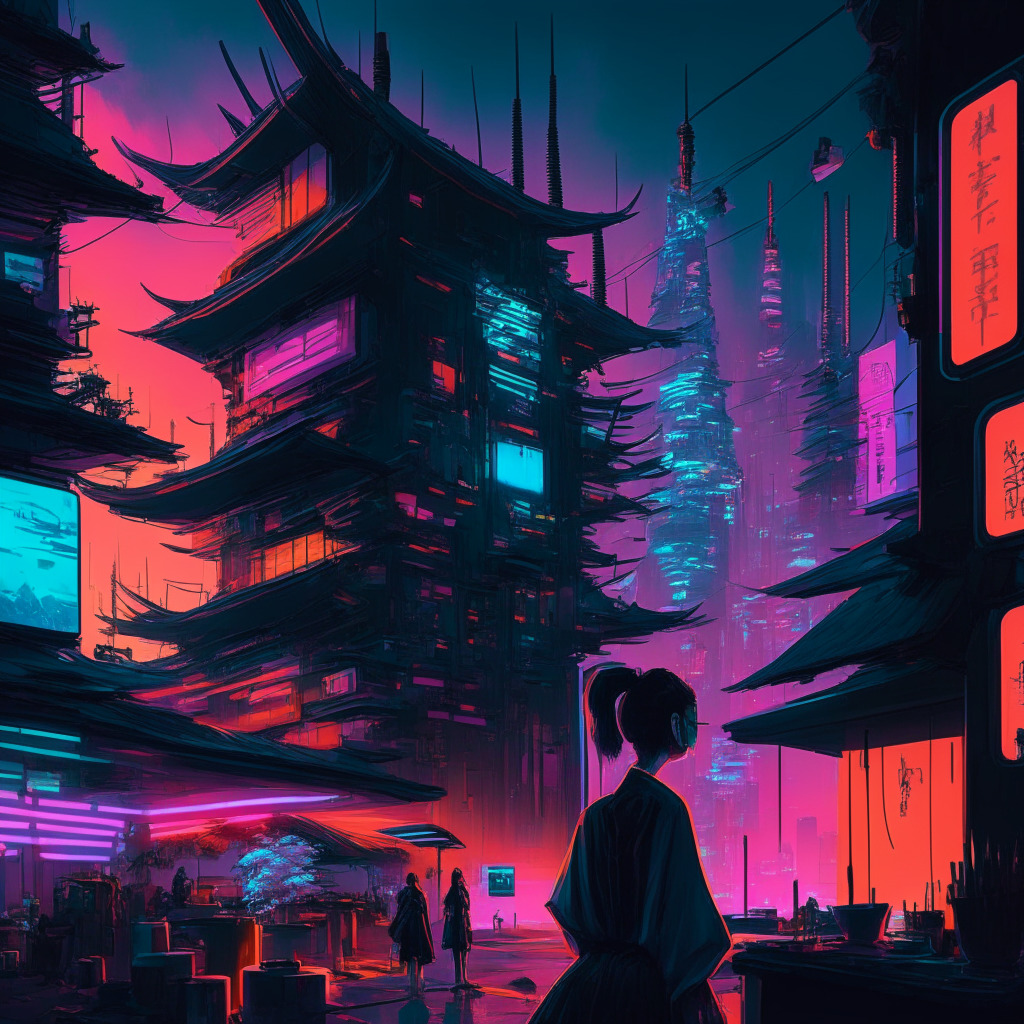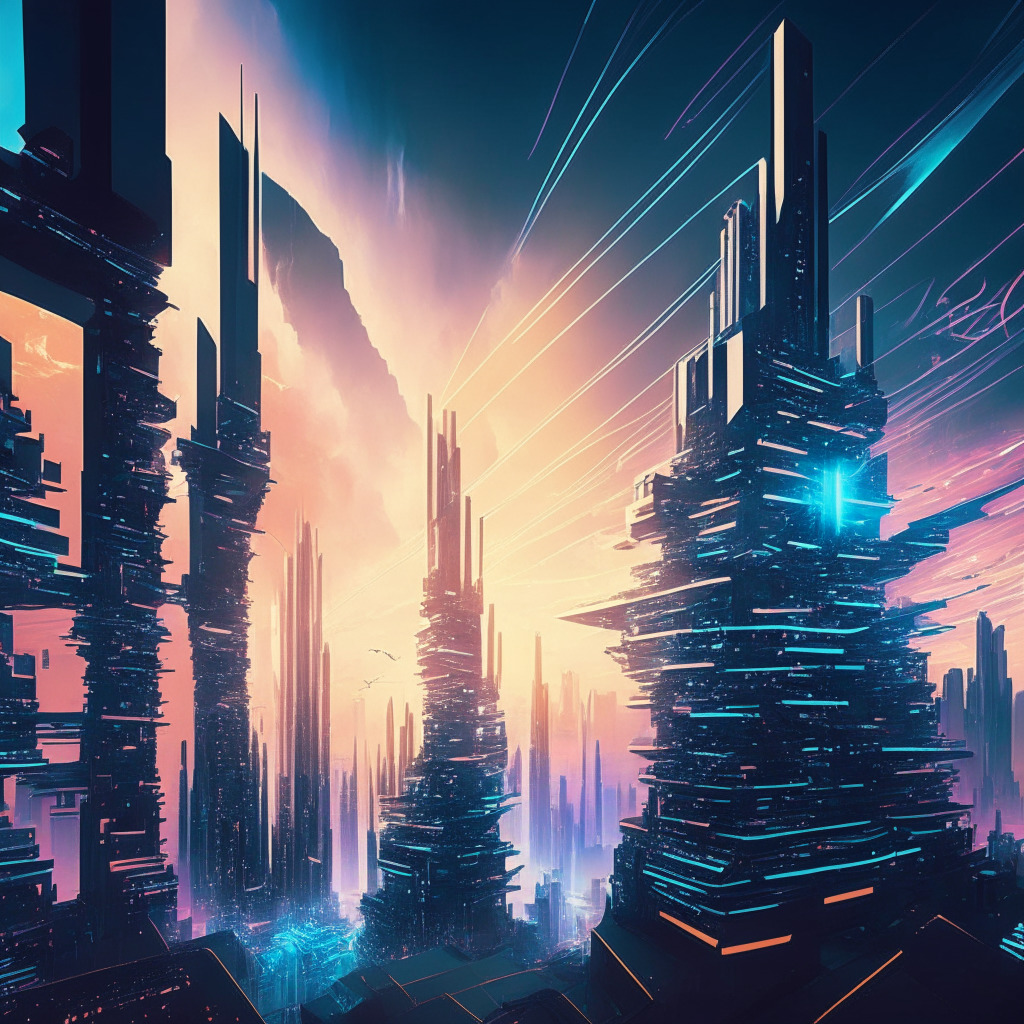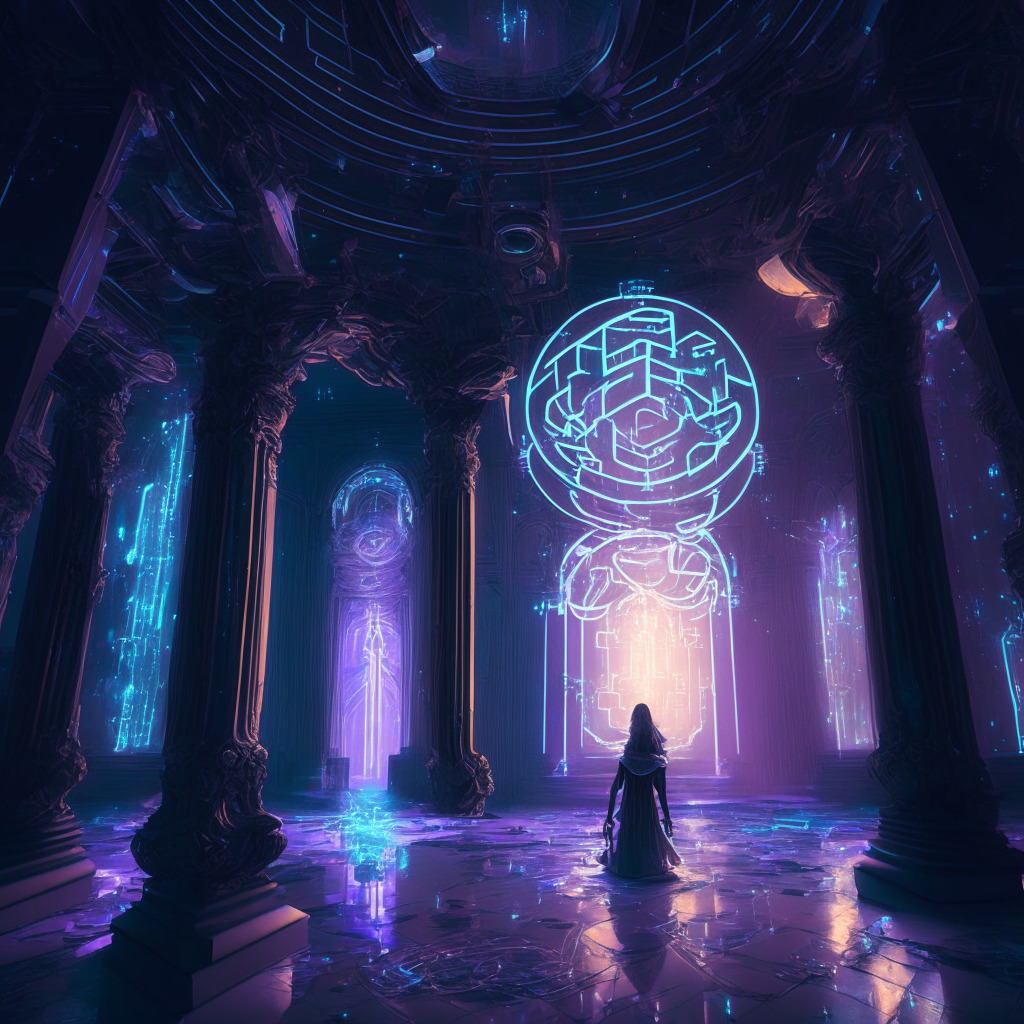In a groundbreaking decision, Japan has declared that using datasets for training AI models does not violate copyright law. This means that model trainers can gather publicly available data without having to license or secure permission from the data owners. “Takashi Kii, a member of the House of Representatives for the Constitutional Democratic Party of Japan, explained that “works for information analysis can be used regardless of the method, whether for non-profit purposes, for profit, for acts other than reproduction, or for content obtained from illegal sites.”
However, Kii acknowledged that “the fact that it can be used even when it is against the will of the copyright holder is problematic from the viewpoint of rights protection,” suggesting a need for “new regulations to protect copyright holders.”
As the digital paint dries on this revolutionary declaration, the art community is alight with renewed discussions surrounding AI’s place in the realm of art and copyright law. One group of creatives argues that AI art infringes upon copyrights since it requires training on data created by others, labeling this practice as borderline imitation.
On the other hand, another faction of artists vehemently disagrees, asserting that AI-generated art does not violate copyright because each AI piece is unique and it’s impossible to perfectly replicate an original work. They draw comparisons with artists gaining inspiration from others’ work and emphasize that styles cannot be copyrighted. These artists maintain that information gathered by AI trainers was made available by creators for public consumption and inspiration. They also point out that AI art involves the carefully engineered implementation of prompts and manual edits, requiring both technical skills and artistic knowledge.
The precedent set by Japan’s declaration essentially provides AI artists with a blank canvas, fostering creative exploration without the specter of copyright law casting a shadow over their virtual brushes. According to the AI-focused outlet Technomancer, the intent behind this decision is to create possibilities for Japan to use Western literature for AI training, in return opening up its vast array of art for Westerners to utilize.
While there is no global convention to settle this issue, one thing remains clear: art—whether AI-generated or human-created—is about pushing boundaries and exploring new frontiers. Imitation may be the sincerest form of flattery, but innovation is undoubtedly the truest form of art. As Japan positions itself at the forefront of this evolving landscape, its actions could potentially influence the art and AI communities on a worldwide scale.
Source: Decrypt




